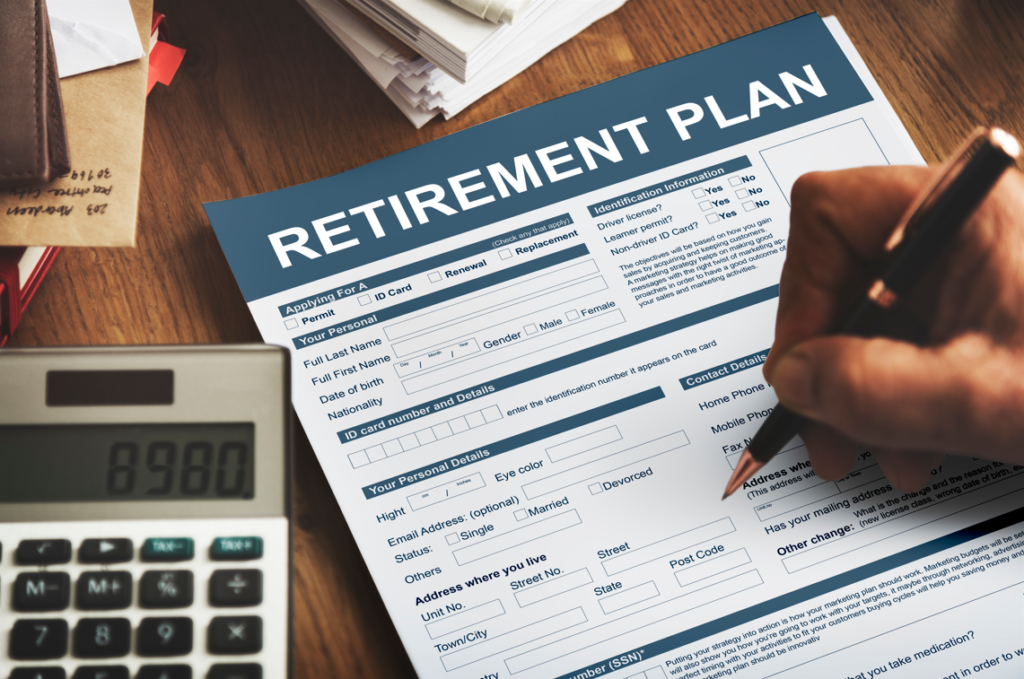If you make a move into residential aged care, you may be leaving behind a spouse (or other family members) in the home, or your home may be left empty.
In either case, the financial implications and what actions need to be taken are complex decisions that consider not just your current situation, but what else might change or happen over time.

While the financial factors are important, the decision on whether to sell or keep your home is also based on who else calls it home.
Your home is an asset but, depending on your circumstances, concessional treatment may apply when determining the assessable value.
These rules are different when calculating the fees you will pay in aged care than when calculating your age pension entitlements. The asset assessment rules are summarised in the accompanying table.
How family is assessed in a move to aged care
|
Spouse continues to live in home
|
Other person continues to live in home
|
Home is empty
|
Impact of asset value on aged care fees
|
Home is an exempt asset.
|
If the person meets the definition of protected person* the home is exempt. Otherwise, it is assessable up to capped value ($186,331.20).
|
Home is assessable up to the capped value ($186,331.20).
|
Impact of asset value on age pension
|
Home remains an exempt asset. You continue to be assessed as homeowner.
|
Home remains an exempt asset and you continue to be assessed as a homeowner, but only for two years (or until home is sold). At the end, if this period, you become a non-homeowner and the home is assessed at net market value.
|
*A carer or family member who qualifies for a Centrelink or Veteran’s Affairs income support payment and has lived there for a number of years (2 years for a carer or 5 years for a close family member)
SOURCE: AGED CARE TIPS
|
In both age pension and aged care fee rules, the former home is treated concessionally – which may help with the affordability of care if you decide to keep your former home.
But the government has made recent changes that provide concessions for older people looking at selling or downsizing their homes.
While these changes are not specifically related to aged care, they may help a person who is moving into care and decides to sell their former home. Two key changes include:
- The ability to contribute up to $300,000 into superannuation as downsizer contributions, with the eligibility age reduced from 65 to 60 (and potentially to be further reduced to 55). This
may help to generate tax-effective cash flow to pay care fees.
- If your spouse is staying in the home but wants to downsize or move into a retirement village, legislation has been proposed (but not yet passed) to
allow a 24-month exemption period (instead of the current 12 months) during which the portion of sale proceeds that will be used to buy/build a new home will be exempt as an asset. While this amount may be exempt under the assets test, it is assessable under the income test using deeming. But the proposed changes will see this money assessed at just the lower deeming rate (currently 0.25 per cent per annum).
The financial factors are important, but the decision on whether to sell or keep your home is also based on emotional and personal factors, as well as who else calls it home. Make sure you look a the full picture and seek advice from a financial planner who is accredited and experienced in aged care advice.






